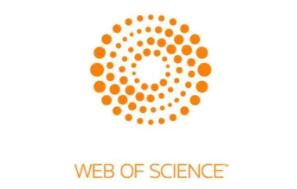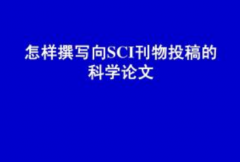汽车动力学论文翻译英文方法
发表英文论文需要掌握一些英文翻译方法,在全球化发展的大背景之下,很多行业都进入到了多国发展、多语境发展的程度,很多研究成果形成了与语言平行的知识系统,但是发表英文论文对很多多内作者还存在一定限制,由于语言本身的水平不够扎实,拥有不同的语言阅读能力,从而导致研究内容和引用文献不够宽泛,这里就分享一些汽车动力学论文翻译英文方法。

英文摘要的人称:原来摘要的首句多用第三人称Thispaper…等开头,现在倾向于采用更简洁的被动语态或原形动词开头。例如:Todescribe…,Tostudy…,Toinvestigate…,Toassess…,Todetermine…,行文时最好不用第一人称行文时最好不用第一人称。行文时最好不用第一人称
汽车动力学论文翻译范例:
摘要:本文在“非线性滤波”的背景下,重新考察了与水下马尔可夫随机性耦合的自主水下航行器( AUV )动力学的状态向量。将水下随机性归结为大气湍流、行星相互作用、海面条件和天文现象。本文采用齐次马尔可夫过程伊藤过程来描述AUV的状态向量演化方程。本文在考虑水下滤波模型的基础上,考虑了过程噪声以及观测噪声的修正项。利用Kolmogorov后向方程和条件特征函数的演化实现了论文的非线性滤波。非线性滤波方程是随机最优控制系统的基石形式。特别地,本文将非线性滤波理论引入到水下航行器随机系统中,构造了文献中没有的水下航行器随机微分方程的引理和定理。
Abstract:This paper revisits the state vector of an autonomous underwater vehicle (AUV) dynamics coupled with the underwater Markovian stochasticity in the ‘non-linear filtering’ context. The underwater stochasticity is attributed to atmospheric turbulence, planetary interactions, sea surface conditions and astronomical phenomena. In this paper, we adopt the Itô process, a homogeneous Markov process, to describe the AUV state vector evolution equation. This paper accounts for the process noise as well as observation noise correction terms by considering the underwater filtering model. The non-linear filtering of the paper is achieved using the Kolmogorov backward equation and the evolution of the conditional characteristic function. The non-linear filtering equation is the cornerstone formalism of stochastic optimal control systems. Most notably, this paper introduces the non-linear filtering theory into an underwater vehicle stochastic system by constructing a lemma and a theorem for the underwater vehicle stochastic differential equation that were not available in the literature.
汽车动力学论文翻译要注意被动语态的翻译。科技英语中被动语态的使用量是一般英语所无法比拟的,有的科技英语甚至通篇使用被动语态,所以被动语态的翻译在科技文献中显得尤为重要。翻译时,在表达清楚原意的前提下,一般将被动式改成主动式或祈使式。
推荐阅读:动力学研究相关的sci期刊










![[SCI干货]sci的共同通讯作者标注方法(附范例)](http://www.scizj.com/uploads/20221121//b637b435e2625a.jpg)

